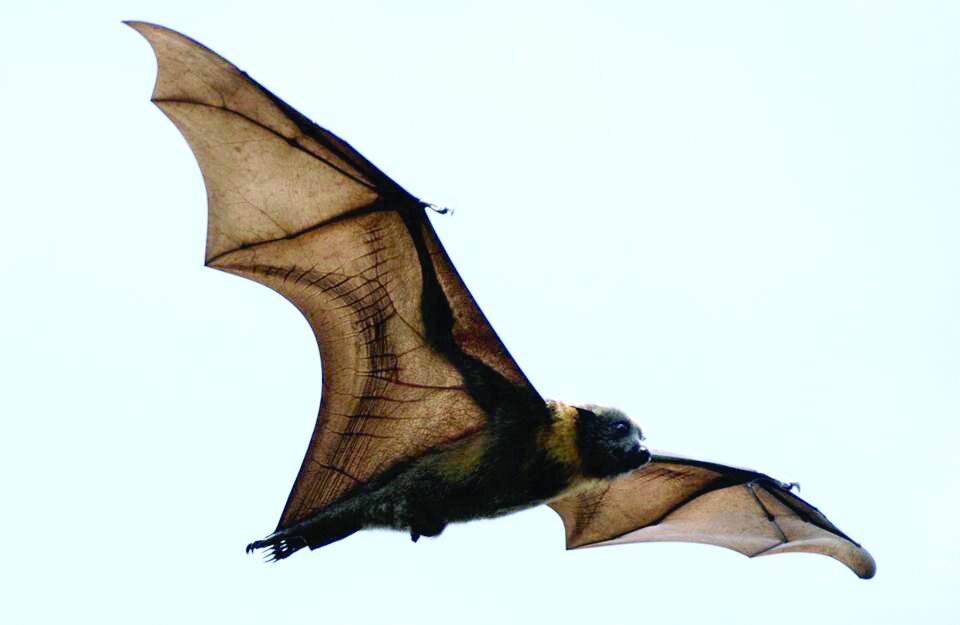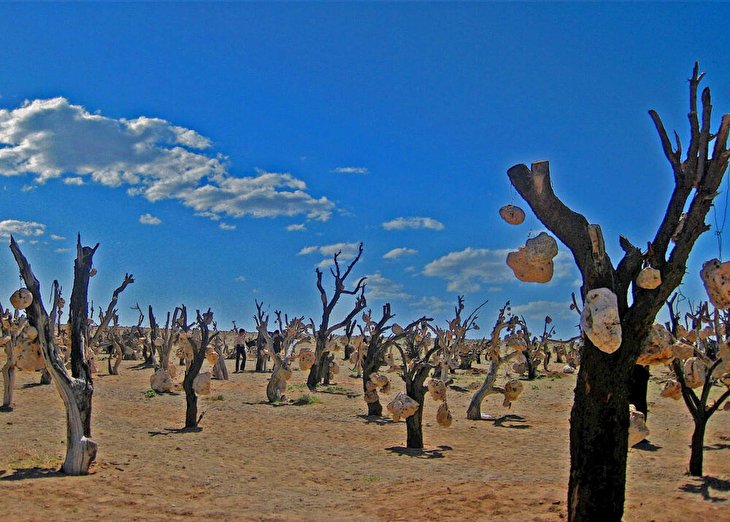
Theories on origins of COVID-19 disease

Questions abound whether climate change may lead to more zoonotic diseases like COVID-19 or if urbanization and deforestation in the future will result in more pandemics. Today scientists are racing to find a vaccine for the virus. To fully understand the nature of this pandemic it is important to know its origins.
On December 30, 2019, at around 7 p.m., the Wuhan Center of Disease Control and Prevention detected a novel coronavirus in two hospital patients with atypical pneumonia – the virus belongs to the same family of bat-borne viruses like the one that caused SARS, a disease that plagued 8,100 people and killed 800 between 2002 and 2003.
Initially, 84 percent of the infections occurred in Hubei Province, of which Wuhan is the capital, the “ground-zero” of coronavirus pandemic.
This article attempts to explore whether COVID-19 was genetically engineered or has evolved naturally. Detailed understanding of how an animal virus jumped species boundaries to infect humans so productively will help in the prevention of future zoonotic events.
More scientific data could swing the balance of evidence to favor one hypothesis over another.
COVID-19 bioengineered?
One theory is that the COVID-19 was created in a laboratory as a potential bioweapon. American author and researcher, Eugene Michael Jones during an interview with the Tasnim news agency in March said that “The U.S. has outsourced its bioweapons development program in part to China” and “until the source of the pandemic becomes clear, Iran should be very suspicious” of any help from America.
However, an analysis by Nature Medicine Journal suggests the COVID-19 virus is a testament to natural selection, not bioengineering. The new analysis compares the genome of COVID-19 with seven other coronaviruses known to infect man: SARS, MERS, SARS-Cov2 (which can cause severe disease), along with HKU1, NL63, OC43 and 229E (which typically cause mild symptoms), wrote Nature Medicine Journal (nature.com/articles/s41591-020-0820-9).
“Our analyses clearly show that SARS-Cov2 is not a laboratory construct or a purposefully manipulated virus,” the journal article concludes.
COVID-19 bat-borne disease
Shi Zengli – a virologist often called “bat woman” by her colleagues works at Wuhan Institute of Virology. She has spent a considerable amount of her time outside a lab on virus-hunting expeditions in bat caves over the past 16 years. Her studies have shown that the southern, subtropical areas of Guangdong, Guangxi, and Yunnan have a greater risk of coronavirus jumping from animals to humans, particularly bats, a known reservoir for many viruses. Her story has been covered by Scientific American magazine and other media outlets.
Scientists have long warned that the rate of infectious diseases is accelerating – especially in developing countries where people and animals mingle and move about.
Coronavirus – named because, seen under a microscope, their spiky surface resembles a crown. The coronavirus was mainly known for causing common colds until the SARS outbreak became a game-changer. One aspect that scientists are trying to figure out is search for animal viruses that could find their way into humans.
It is believed that the civets, a nocturnal animal like bats, were the intermediate host – a vehicle for the virus to ride on until it infects another species -- to transfer the coronavirus to humans in a fish and wildlife market in Wuhan. How the civets got it remains a mystery.
Two previous incidents are worth considering. First Australia’s 1994 Hendra virus infection, in which contagion jumped from horses to humans. The second one is Malaysia’s 1998 Nipah virus outbreak which was transferred from pigs to humans. Both were caused by pathogens that originated in fruit-eating bats.
With a growing population today, increasing deforestation, changes in land use, wildlife and livestock transportation around the world, a sharp increase in domestic and international travel, new disease outbreaks are a mathematical certainty.
After five years of intense sampling of pathogens found in Shitou Cave, the outskirts of Kunming, the capital of Yunnan, scientists discovered hundreds of bat-borne coronavirus with incredible genetic diversity. “The majority of them are harmless,” Shi told Scientific American, adding that “dozens belong to the same group as SARS.”
In Shitou Cave the team discovered coronavirus strain in 2013 that came from horseshoe bats with genome sequence 97 percent similar to civets in Guangdong. The finding concluded a decade-long search for a natural reservoir of SARS coronavirus.
To many, the region’s wildlife market – which sells a wide range of animals including bats, civets, pangolins, badgers, and crocodiles – are a perfect melting pot. According to several studies, humans could’ve got it from bats directly and suggest pangolins may have been intermediate hosts.
On February 24, China announced a permanent ban on wildlife consumption and trade except for research, medicinal or display purposes. This will stamp out the 76 billion dollar industry putting 14 million out of jobs, according to a 2017 report commissioned by the Chinese Academy of Engineering.
However, eating wildlife has been part of cultural tradition in southern China for thousands of years. Ban won’t change things overnight and may push business underground.
In 2016 four pig farms in Qingyuan County in Guangdong suffered acute vomiting and diarrhea killing 25,000 animals. The cause of illness, called swine acute diarrhea syndrome (SADS), turned out to be a virus 98 percent identical to coronavirus found in horseshoe bats in a nearby cave.
Given the scale of swine farming in many countries, such as the U.S. and China, scientists say looking for coronavirus in pigs should be the top priority.
Although coronavirus in Wuhan is the sixth outbreak caused by bat-borne viruses in the past 26 years – the other five being Hendra in 1994, Nepah in 1998, SARS in 2002, MERS in 2012, and Ebola in 2014 – the animals are not the problem. “The problem arises when we get in contact with them,” Shi says.
During her bat hunting expeditions, she has identified dozens of deadly SARS-like viruses in bat caves and warns there are more out there. Because 70 percent of animal-borne infectious diseases come from wild creatures, “where we should start to find all those viruses in wildlife globally and develop better diagnostic tests,” Shi says.
“One in every fifth mammal is a bat,” says Professor Kate Jones, a biodiversity scientist at the University College London. It is estimated that there are 900 to over 1,200 species of bats in the world.
Virologists and other scientists believe that we should focus on high-risk groups of mammals prone to coronavirus infections, such as bats, rodents, badgers, civets, pangolins, and non-human primates. Countries in tropics, where wildlife diversity is greatest, should be the frontline of this battle against viruses.
Once potential pathogens are mapped out, we are able to catch an outbreak before it turns into an epidemic, saving lives and dollars.
Scientists estimate as much as 5000 coronavirus strains are waiting to be discovered. “Bat-borne coronavirus will cause more outbreaks,” Shi says with a tone of brooding certainty. “We must find them before they find us.”
Source: TehranTimes















